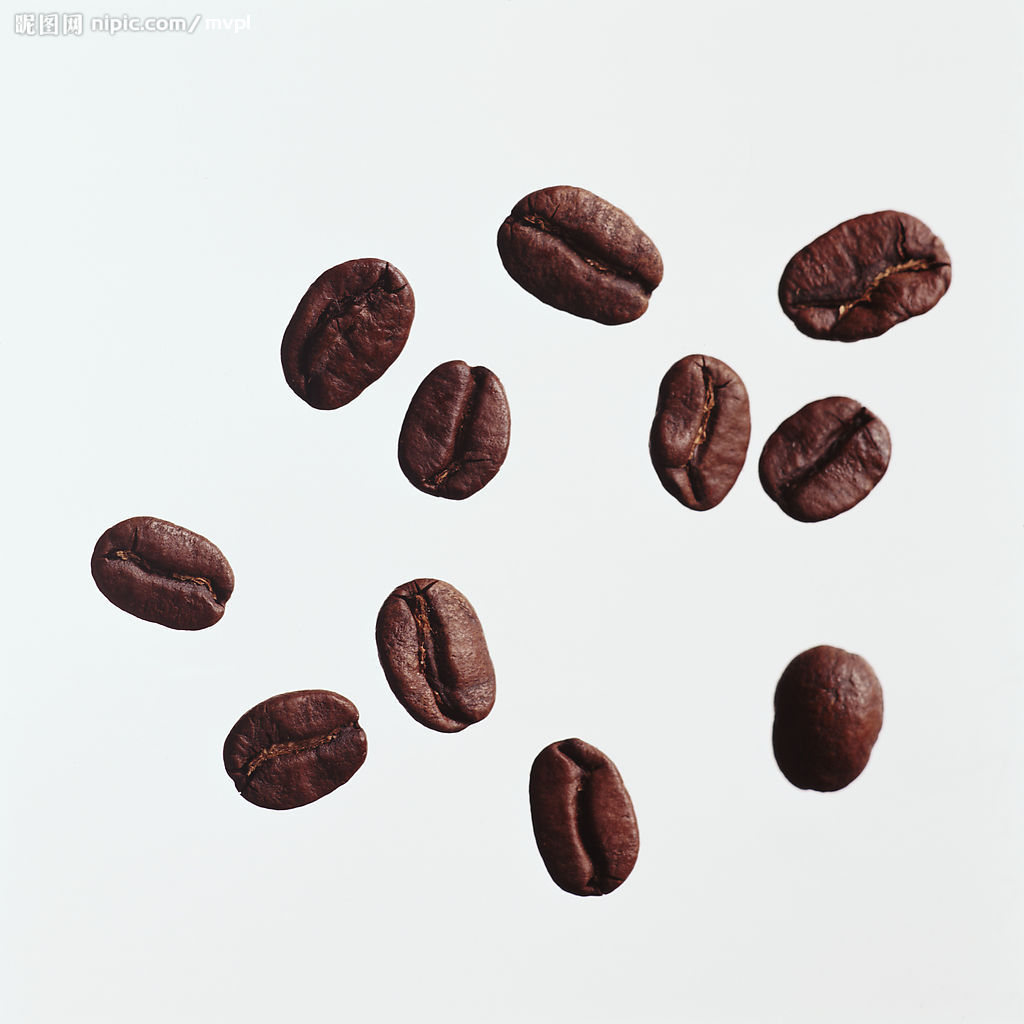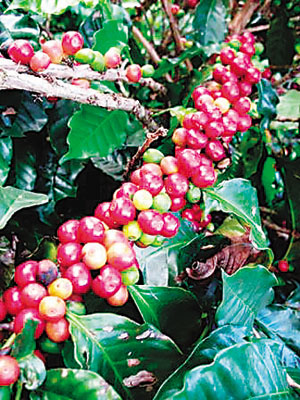The taste of Espresso is more sticky charcoal roast coffee, Italian coffee blending coffee, Italian coffee machine brand.
Espresso is a method of brewing coffee.
Espresso is a technological method of brewing coffee. According to the definition of "EspressoCoffeeTheChemistryofQuality", it must meet the following conditions: the amount of coffee powder (cup) 6.5g ±1.58g.
Temperature of water (℃) 90 °±5 °
Water pressure 9 ±2 Atmospheric pressure (bar)
Filtration time 30 ±5 seconds
Water temperature: if the water temperature is too low, it will cause insufficient extraction, and the substances inside the coffee can not be fully released, so you can only cook a cup of Espresso; with insufficient flavor and sour taste. Once the water temperature is too high, excessive extraction will make the coffee bitter and astringent.
Water pressure: the general hot water brewing method can only extract water-soluble substances inside the coffee, while Espresso can further extract water-insoluble substances by high pressure. These high pressures will completely emulsify the lipids (LipophilicSubstances) inside the coffee and dissolve into the water, which is the main source of "mellow taste" (body).
[P.S.] emulsification will make Espresso taste thicker, making people drink with a "velvety" feeling; and stickiness will form a lower surface tension, more able to invade the taste buds, so that mellow reverberate in the mouth for a long time.
Filtration time: the length of filtration time will affect the amount of water output. Espresso uses high-pressure hot water to extract the flavor of coffee, which takes about 25 seconds to complete the task (after this time, the liquid is no longer tasty and will only dilute Espresso). After the timeout, some people continue to let it out of the water and fill a cup to form a "Americano" or "Lungo", which tastes like charcoal-roasted coffee.

Important Notice :
前街咖啡 FrontStreet Coffee has moved to new addredd:
FrontStreet Coffee Address: 315,Donghua East Road,GuangZhou
Tel:020 38364473
- Prev

Characteristics of Latte Italian Coffee Fancy Coffee Italian blend Coffee Bean Cafe English
Italian layered Milk Coffee (Latte) preparation and boiling method: first pour an espresso (please refer to the production of espresso) into a preheated cup, then pour the hot milk into the cup; the amount of milk must be greater than 1x2 of this cup capacity; finally scoop the foam on the liquid; add a little chocolate powder, or cinnamon powder (traditionally made)
- Next

The Art of Espresso Comprehensive Coffee Coffee beans are mixed with aged beans and thick Italian style.
Espresso is a kind of mixed coffee Espresso is a kind of integrated coffee art, which allows people to spend their whole life studying its recipe. Because of the role of high-pressure hot water, it is easy to highlight the characteristics of a single coffee bean, resulting in taste imbalance of Espresso. Therefore, coffee companies are serious about developing their own recipes, even proud of it. Sun-cured coffee beans have a mellow taste.
Related
- What documents do you need to go through to open a coffee shop? coffee shop coffee shop certificate processing process
- How to purchase Coffee beans in small Cafe how to choose a suitable supplier for domestic Coffee supply Company
- How to drink Starbucks Fragrance White Coffee? how to make Australian White Coffee? what Italian coffee beans are recommended?
- The Story of Flora Coffee: the name of Flora Coffee Bean and the implication of the Flowers on Florna Coffee
- How much does a cup of coffee cost? How much is the profit of a cup of coffee? What is the profit of the coffee shop in a year?
- Yunnan small Coffee, known as "fragrant Coffee", introduces the characteristics of Alpine Arabica Coffee producing areas in Yunnan, China
- 2023 latest Starbucks full menu price list how much is a cup of Starbucks coffee what is better to drink the most popular hot and cold drinks recommended
- Starbucks different kinds of Coffee Price list Starbucks menu 2023 Top Ten Best drinks in Starbucks
- Starbucks Spring praise Comprehensive matching Coffee Bean theme Story Packaging implication and taste description
- The cost of a cup of coffee latte American coffee cost price and selling price

